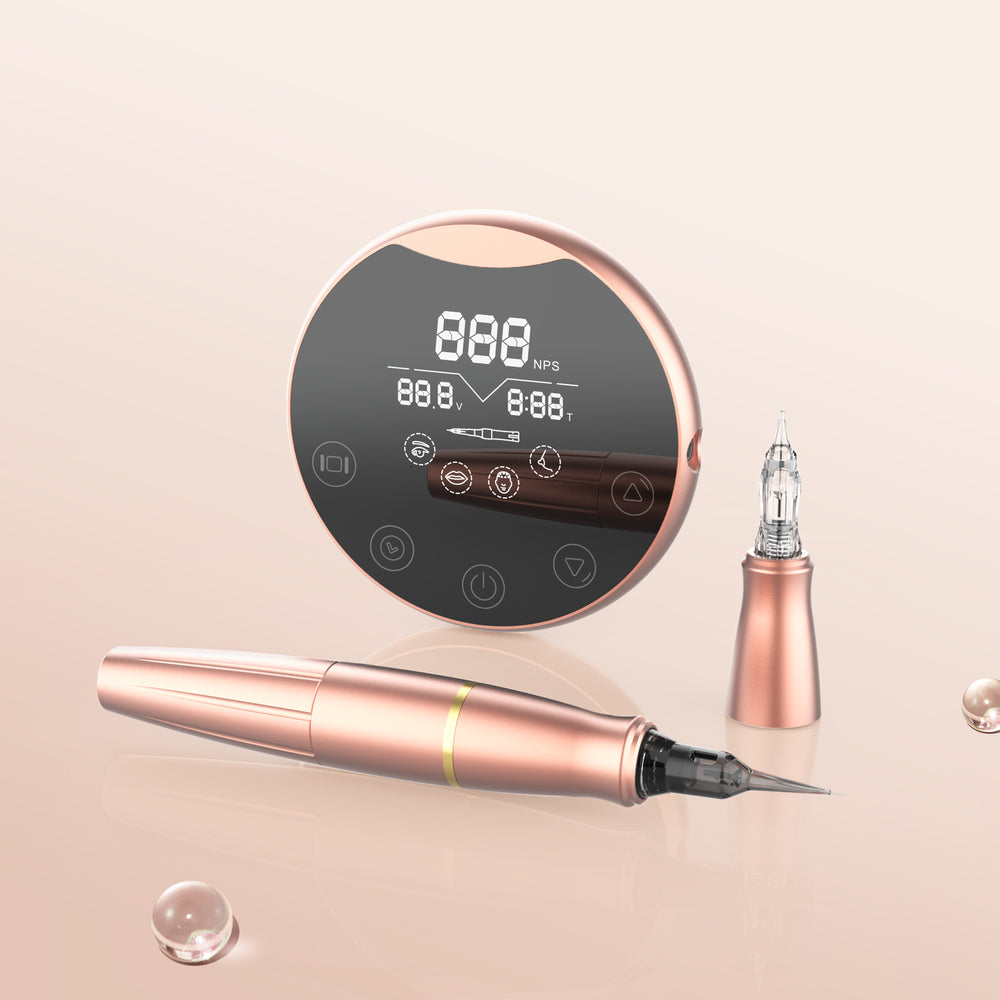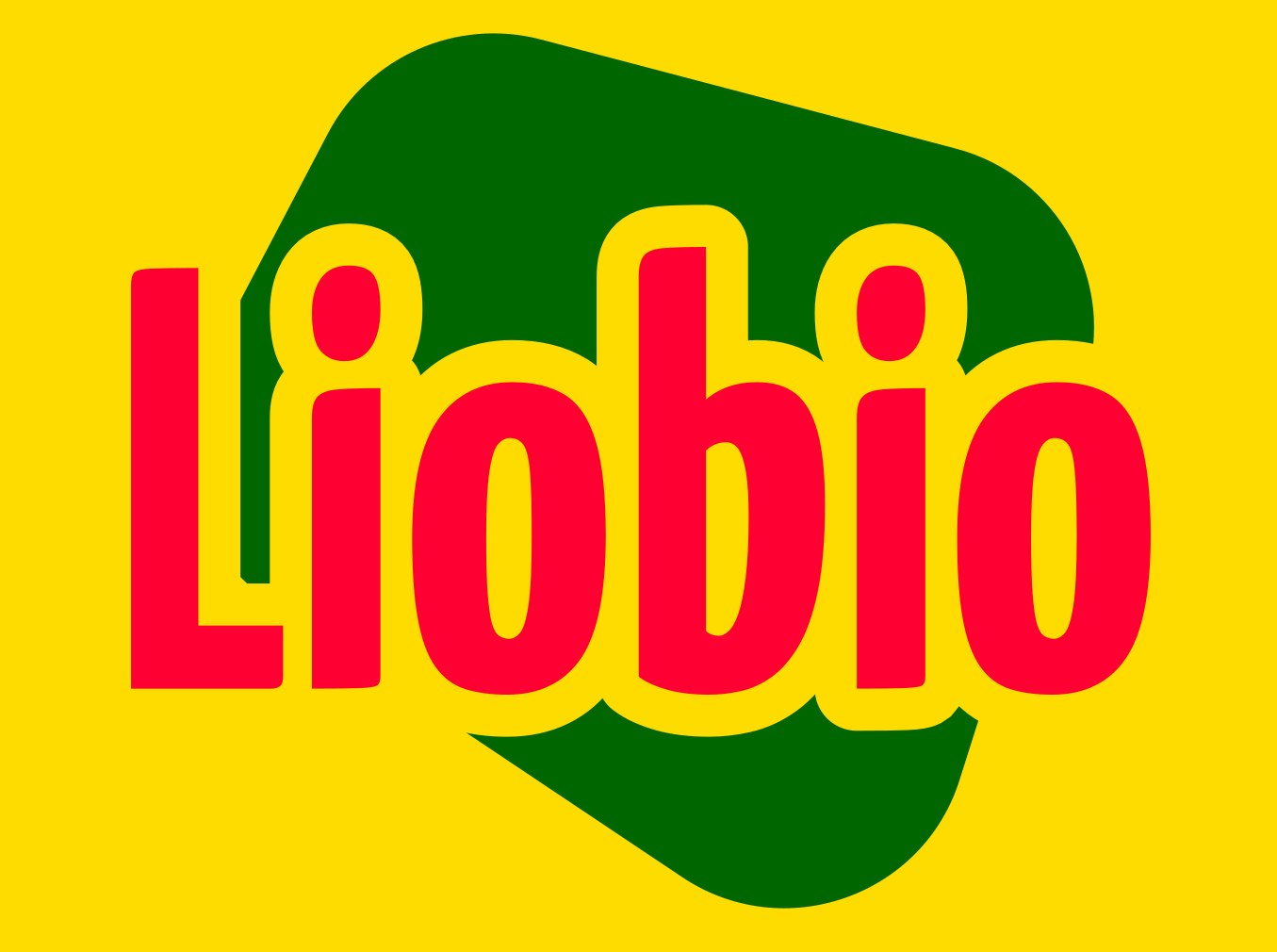In the realm of healthcare, medical disinfectants play a pivotal role in infection control. Understanding their significance is essential for both healthcare professionals and the general public. This article delves into the various aspects of medical disinfectants, their types, and their proper application in maintaining hygiene and safety.

What Are Medical Disinfectants?
Medical disinfectants are chemical agents designed to eliminate or reduce harmful microorganisms on surfaces and instruments. They are crucial in preventing the spread of infections, particularly in healthcare settings. But what types of disinfectants are available, and how do they work?
- Alcohol-based disinfectants: Effective against a wide range of pathogens, these are commonly used for hand sanitization.
- Chlorine compounds: Known for their strong disinfecting properties, they are often used in cleaning surfaces in hospitals.
- Quaternary ammonium compounds: These are effective against bacteria and are frequently used in non-critical areas.
Types of Medical Disinfectants
Understanding the different types of medical disinfectants is vital for their effective use. Each type has unique properties and applications:
- High-level disinfectants: These are used for critical items that come into contact with mucous membranes.
- Intermediate-level disinfectants: Suitable for non-critical items that may come into contact with skin.
- Low-level disinfectants: These are used for cleaning surfaces that are not likely to be contaminated with pathogens.
Best Practices for Using Medical Disinfectants
To maximize the effectiveness of medical disinfectants, it is essential to follow best practices:
"Proper disinfection is not just about the product used, but also about the technique and environment." – Infection Control Expert
Here are some key points to consider:
- Always follow the manufacturer's instructions regarding dilution and contact time.
- Ensure surfaces are clean before applying disinfectants, as dirt can inhibit their effectiveness.
- Use appropriate personal protective equipment (PPE) when handling disinfectants to ensure safety.
Conclusion: The Role of Medical Disinfectants in Infection Control
In conclusion, medical disinfectants are indispensable tools in the fight against infections. Their proper use can significantly reduce the risk of healthcare-associated infections (HAIs). By understanding the types of disinfectants available and adhering to best practices, healthcare professionals and the public can contribute to a safer environment.
For more information on effective disinfectants, consider exploring products like Medical Disinfectant XYZ, which offers a comprehensive solution for infection control.
Additionally, you can watch this informative video on disinfectants in healthcare to deepen your understanding.
References



